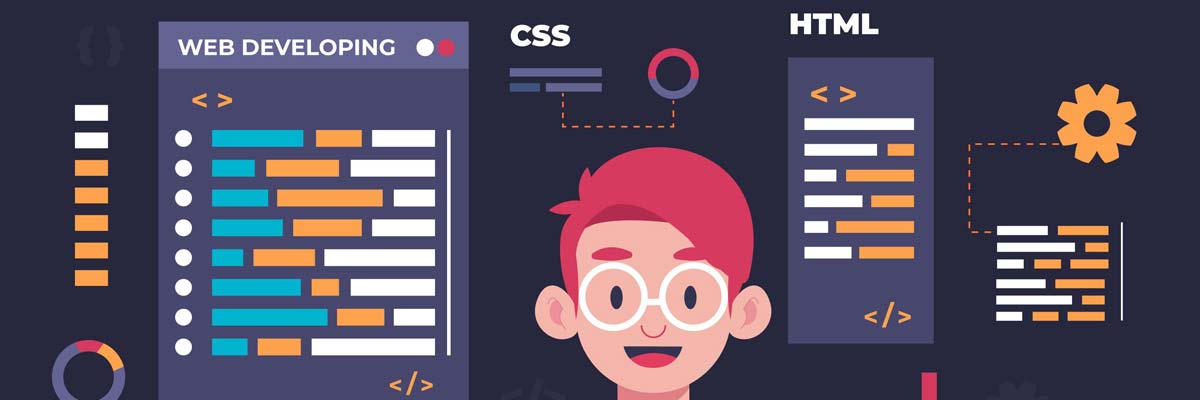VITSOLS
2025-10-06
What are CSS Media Types?
CSS Media Types are categories that tell the browser how to render content based on the device or medium being used.
For example:
- A website on a desktop screen might show a full navigation bar.
- The printed version of the same page might hide navigation and only display the content.
- A screen reader can use CSS to improve accessibility for visually impaired users.
Why are Media Queries Helpful?
- ✅ Make websites mobile-friendly.
- ✅ Improve user experience on different devices.
- ✅ Follow Google’s mobile-first indexing SEO rules.
- ✅ Save time by writing adaptive styles instead of building separate mobile sites.
Common CSS Media Types
Screen → Used for desktops, tablets, and mobile devices.
@media screen {
body {
font-size: 16px;
}
}
Print → Styles applied when printing a web page.
@media print {
nav, footer {
display: none;
}
}
Speech → Optimized for screen readers.
@media speech {
h1, h2 {
voice-volume: loud;
}
}
Why CSS Media Types are Helpful
- ✅ Responsive Design – Ensures the website looks great on desktops, tablets, and mobiles.
- ✅ Print-Friendly Pages – Users can print clean documents without ads or unnecessary sections.
- ✅ Accessibility – Supports speech and assistive technologies.
- ✅ Better User Experience – Delivers context-based designs.
- ✅ Performance Optimization – Load only what is necessary for that medium.
Real-Time Use Cases
- ✅ E-commerce sites use media queries to optimize product displays for different devices.
- ✅ Educational platforms enhance accessibility with speech media types.
- ✅ Corporate Websites: Adapt branding elements differently on screen vs. print.
- ✅ Accessibility Apps: Enhance content for visually impaired users with speech media type.
Best Practices
- Always combine Media Types with Media Queries (@media screen and (max-width: 768px)).
- Test your site on different devices and print layouts.
- Keep print styles minimal for faster printing. Use speech media for accessibility compliance (WCAG standards).
